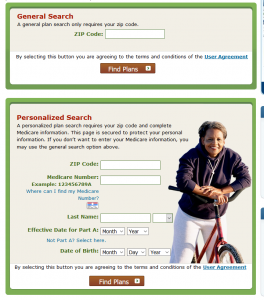Here are a couple points I would offer to help:
1 - Compare plans by the first column "estimated annual drug costs" and not specifically by premiums only. Estimated annual drug costs takes into account the premium, deductible, and copays of your list of medicines. This allows you to compare these plans in a more "apples to apples" fashion.
2 - Check for "all your drugs on formulary" to make sure your medicines are covered under the formulary. Look for dosage limits, prior authorizations, and step therapy under "drug restrictions".
3 - Remember, the plan you are on in 2017 may not offer the same benefits, copays, or cover the same medicines as what it will in 2018. You are "starting from scratch" each year. The plan you are on now will likely have copay changes, pharmacy network changes, or may add/remove meds from their formulary. Every year, I hear this from a client.."but I only pay $xx for the medicine now, I will just keep the plan I have now." Your 2017 plan will no longer exist after 12/31/17. It will be replaced by your company's 2018 version of that plan. That new plan may not work the same as your old plan. So check with the Medicare plan finder tool. It only takes a few minutes!
4 - If you are turning 65 (starting Medicare) in Oct, Nov, or Dec of 2017. You will have to run your medicine lists for 2017 and 2018. There is a link on the final results page that lets you toggle between 2017 and 2018. In some cases, you will need a plan for 2017 and then switch to another plan for 2018. Right now, the system will default to 2018 data.
5 - If you switch plans for 2018, it will automatically dis-enroll you from your 2017 plan on 12/31/17.
6 - If you enter your list of medicines in, the system will give you a "drug list id" number and a "password date." Keep these for next year. It will save you from having to type all your medicines in again.
If it all seems like too much, you can call Medicare at 800-MEDICARE (633-4227) and they will do it for you. Best of luck to you!
Rusty


